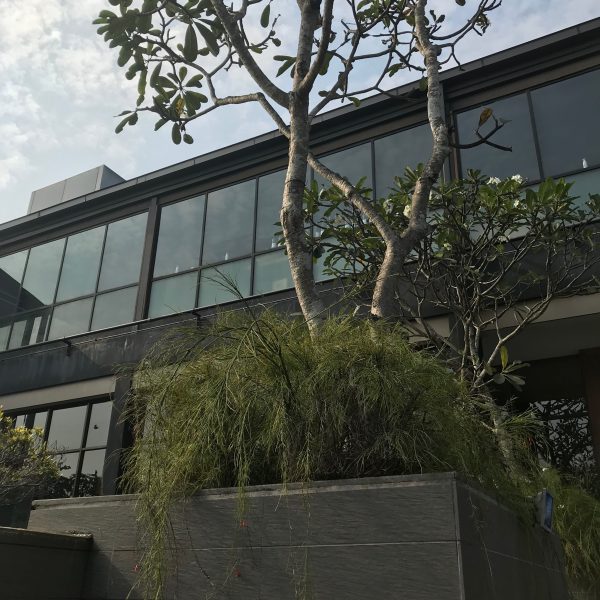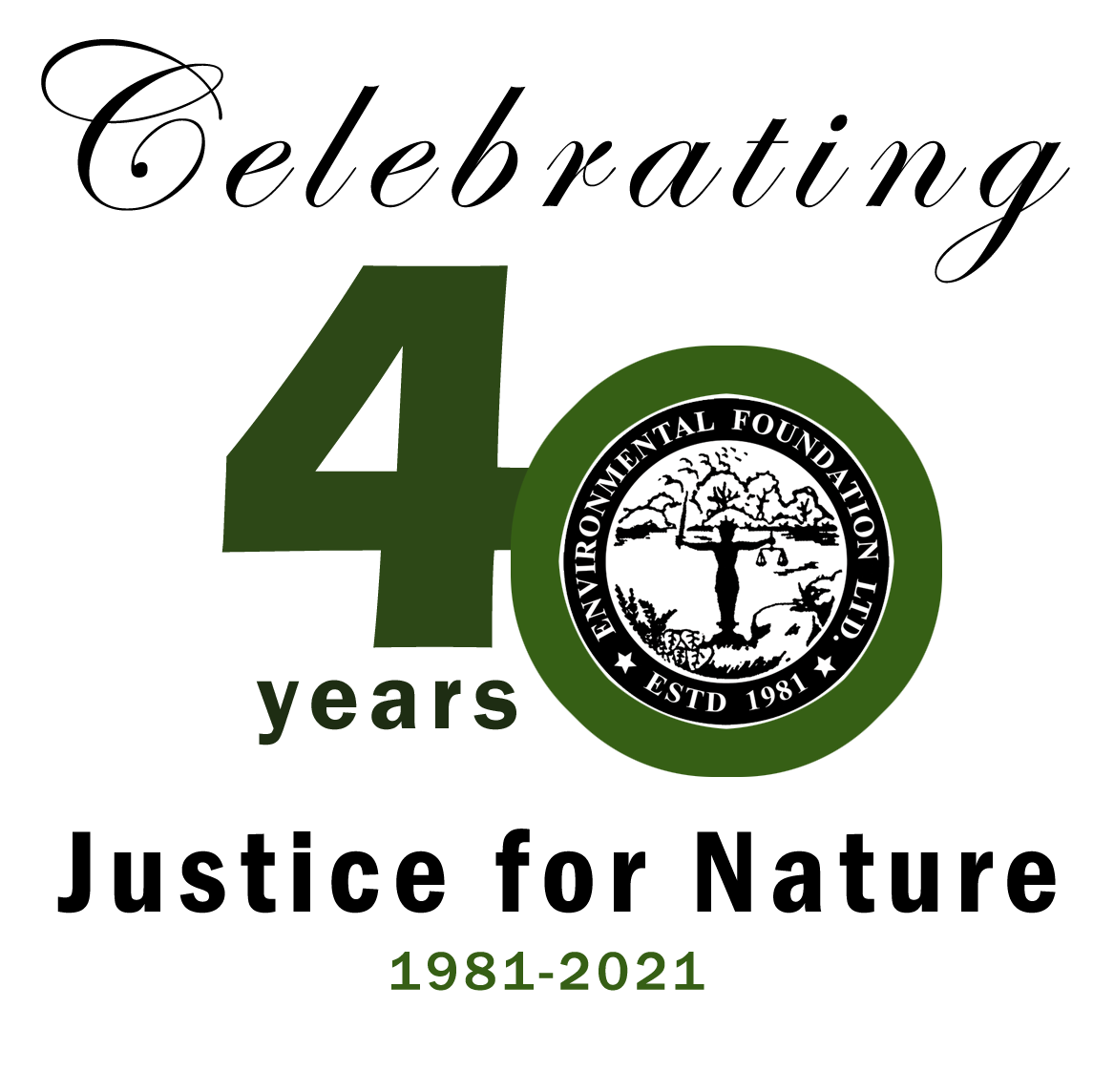Timeline : 24 months
Funds Required : LKR 13,400,000
The city of Colombo hosts more than two million people whose well-being largely depends on ecosystem services provided by remote natural areas. The fact that nature conservation in the city can contribute to human well-being, and the resulting benefits, are often disregarded. Urban systems, in fact, host many natural environments rich in biodiversity including a range of ecosystem services and hence, should drive urban people towards increasing urban forest conservation and implementation strategies.
Urban tree cover delivers an array of ecosystem services, including:
- air pollutant reduction,
- storm-water runoff reduction and flood control,
- building energy savings from reduced heating and cooling costs, and associated avoided carbon emissions from reduced energy use and
- carbon dioxide sequestration
Urban green spaces, such as parks, forests, green roofs, streams, and community gardens also promote physical activity, psychological well-being, and the general health of urban residents.


EFL aims to work in collaboration with the Ministry of Megapolis and Western Development, Ministry of Environment and Mahaweli Development, the Green Building Council selected academic institutes (architecture faculty and institute, design institutes, and engineering faculties) and the corporate sector to conduct activities such as determining the best urban greening strategies for Colombo to increase per capita green space in Colombo and identifying potential areas for increasing green space through increased tree cover, green roofing etc.






Hello,
Thank you for your comment and concern. The project that you are referring to is one that requires funding which is yet to begin only in the Northern and Eastern provinces. Should we find the required funds, we will look to expand it to the Southern province as well. Unfortunately, at the moment, we don’t have the necessary funds or the resources.
Both the compositional features of urban green spaces and configuration can significantly affect LST. At certain spatial scales, for example, 1 km ? 1 km, given a fixed area of urban green spaces, the number of green patches can increase or decrease the values of LST depending on if the number is larger than a threshold or not, and this threshold changes for each given area. For example, in our case, when the proportion of TA is between 20% and 40% in 100 ha, initially, the LST increases simultaneously with an increase in NP. When NP is larger than 40, however, the LST decreases.
https://waterfallmagazine.com
Have you ever considered publishing an ebook or guest authoring on other
sites? I have a blog centered on the same subjects you discuss and would love to have you share some stories/information. I know my visitors would value your
work. If you’re even remotely interested, feel free to send me an e-mail.